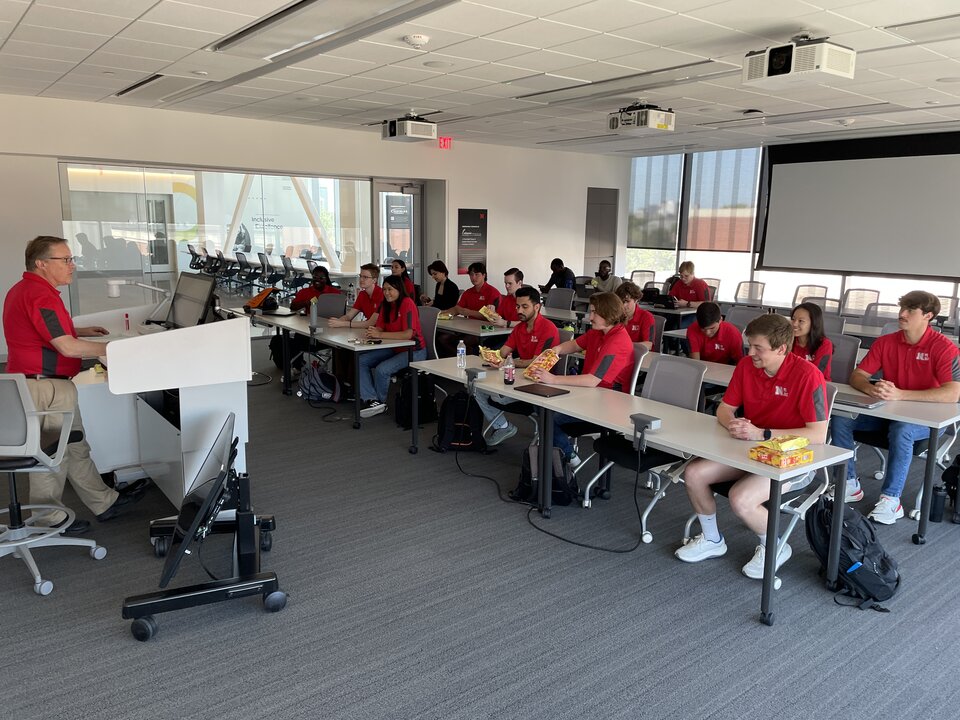The impact of the P3 Program is shown in our threefold mission:
Outreach, Education and Savings
OUTREACH | |
|---|---|
Impact of the P3 Program in outreach to Nebraska | 1997-2025 |
Businesses assisted with new work | 838 |
Communities served | 94 |
"The P3 Program has helped all sizes of Nebraska businesses achieve valuable environmental improvements. Its influence is felt in all parts of the state from Scottsbluff to Nebraska City."
Joe Francis, Nebraska Department of Water, Energy and Environment

Education
EDUCATION | |
|---|---|
Impact of P3 Program in pollution prevention (P2) education | 1997-2025 |
Student interns educated in P2 | Over 400 |
Getting people to understand the concepts of pollution prevention is key to implementing this important environmental ethic. The P3 Program not only carries the message to Nebraska communities, but the students continue to employ P2 in their future careers.
Dr. Bruce Dvorak, UNL

During the 2024 grant year, 22 clients in Nebraska were given new technical assistance in the form of a total of 103 specific implementable recommendations. The data collected from the technical assistance reports show the potential reduction in energy and waste these businesses can achieve by implementing the recommendations set forth by the student interns. This data is summarized in Table 1 below, with the second column listing the potential impacts from the projects directly funded by the NDEE Waste Reduction Fee grant.
Metric Measured | NDEE-WR1 | US EPA2 | US DOE3 | Totals |
|---|---|---|---|---|
Solid Waste Diverted from Landfill or other disposal (tons/yr) | 237 | 0 | 0 | 237 |
Energy Conserved: Electricity (kWh/yr) | 2,975,014
| 4,889,071 | 18,284,990 | 26,149,075 |
Energy Conserved: Natural Gas (therms/yr) | 257,250
| 524,967 | 324,784 | 1,107,001 |
Water Conserved (Million gal/yr) | - | 3.9 | 0 | 3.9 |
Total GHG Reduction (MTCO2 Equivalent /yr) | 6,716
| 6,064 | 12,270 | 25,051 |
Direct Operating Cost Savings ($/yr) | $3,729,167
| $585,366 | $5,675,713 | $9,990,246 |
Projects funded by the Nebraska Department of Env. and Energy’s Waste Reduction and Fee Fund Grant.
Projects funded by the US EPA Region VII
Assistance funded by the U.S. DOE’s Industrial Assessment Center program.